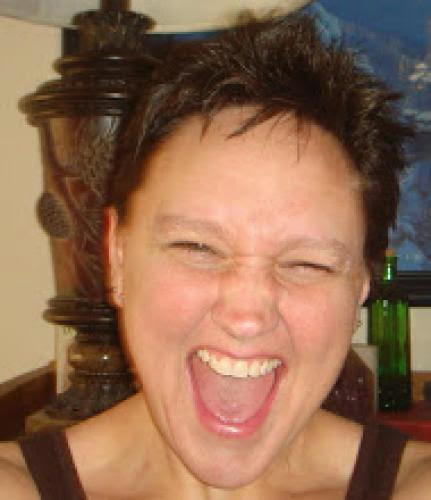skip to main |
skip to sidebar
"In 1844 JACOB GRIMM, one of the Brothers Grimm, made the claim that "the early modern image of the witch was a conflation of pagan traditions with later mediaeval stereotypes of heresy"; however, he did not claim that the witch cult had actually been a PAGAN RELIGION.In 1862, French historian JULES MICHELET PUBLISHED LA SORCI`eRE (THE WITCH), in which he adapted the theory further.Michelet, who was a liberal and who despised both the ROMAN CATHOLIC CHURCH and absolute monarchies, claimed that THE WITCH CULT had been practised by the peasants in opposition to Roman Catholicism, which was practised by the upper classes.He claimed that the witches had been mostly women (he greatly admired the feminine gender, once claiming that it was the superior of the two), and that they had been great healers, whose knowledge was the basis of much of modern medicine.He believed that they worshipped the god Pan, who had become equated with the Christian figure of the Devil over time. When MICHELET'S LA SORCIERE was first published in France, it was, according to historian Ronald Hutton, "greeted with silence from French literary critics, apparently because they recognised that it was not really history".""In 1893, an AMERICAN WOMAN, MATILDA JOSLYN GAGE, published Woman, Church and State, in which she claimed that in the prehistoric world, humanity had been matriarchal, worshipping a great Goddess, and that the witches of the witch cult had been pagan priestesses preserving this religion.In 1897, the English scholar Karl Pearson, who was the professor of Applied Mathematics at University College London and an amateur historian and anthropologist, expanded on Michelet's theory.Pearson agreed with the theory of a PREHISTORIC MATRIARCHAL SOCIETY, and concured with Gage that the witch-cult was a survival of it. Pearson theorised that during the Christian era, the religion became focused around a male deity, which was then equated with the Christian Devil. Pearson also made the claim that Joan of Arc had been of the last few priestesses of the religion. He was, however, unlike Michelet or Gage, opposed to the group and to Goddess worship in general, believing that it was primitive and savage.Charles Leland was an American folklorist and occultist who travelled around Europe in the latter 19th century and was a supporter of Michelet's theories. In 1899 he published Aradia, or the Gospel of the Witches, which he claimed had been a sacred text for Italian witches. It made no mention of a horned god, but did mention a male deity known as Lucifer, as well as a female deity, the goddess Diana. Leland's work would provide much of the inspiration for the neopagan witchcraft religion of Stregheria.""In 1828, the German Karl Ernst Jarcke, a Professor of Criminal Law at the University of Berlin, was the first to claim that the religion persecuted in the witch hunt was not Satanic, but was in fact pagan in origin, but he only added it in a brief commentary to the records of a German witch trial that were being published in a professional journal. Jarcke's claim was that paganism had lingered on amongst the peasants after Christianisation, and that it had then been declared Satanism by the Church."Source and More Historical Research Links and Informationhttp://en.wikipedia.org/wiki/Witch-cult hypothesis



